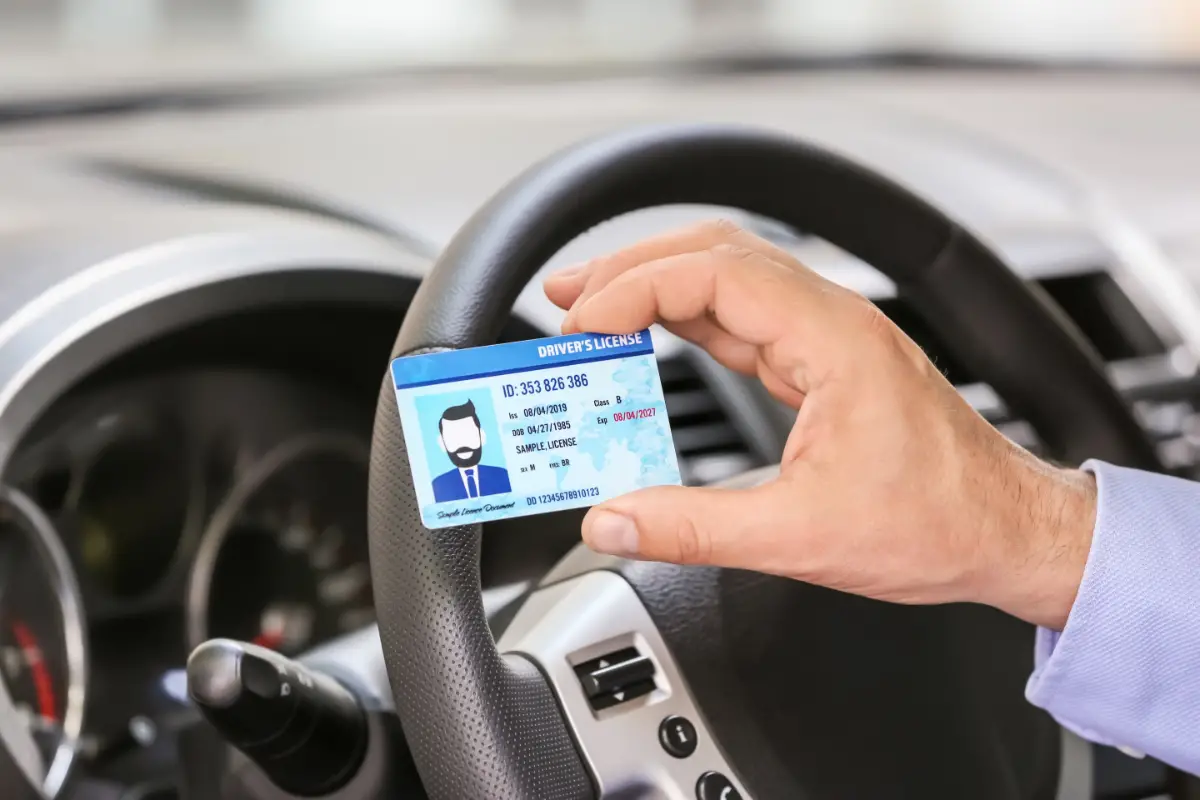Different Types of Driving License in Ontario
If you want to legally drive in Ontario with no restrictions, you need to acquire a driver’s license. However, Ontario is one the strictest province in Canada to acquire a driving license considering the process could take up to 20 months; but it depends on your driving experience.
In this article, we’ll tell you everything you need to know about acquiring a driving license in Ontario if you’re a resident, visitor, or a new driver. So let’s get started!

Driving License Eligibility
If you want to apply for a driver’s license in Ontario, you must be 16 years or older. Once you apply for the driver’s license, you are required to pass an eye test, medical screening, and a knowledge test before you’re handed a G1 license which allows you to drive specific vehicles while accompanied by a fully licensed driver with at least 4 years of experience.
However, if you have a full valid driver’s license from countries such as the United States, Korea, France, or Australia, you could skip this process and exchange it for a full Ontario driver’s license. But if you have a valid license from a country with no license exchange program with Ontario, you could still acquire the Ontario driving license after passing the applicable tests depending on your driving experience.
Otherwise, if you have a full driver’s license from another Canadian province, you can still use it to drive in Ontario for up to 60 days.
Driving License Categories in Ontario
There are 15 different categories of driving licenses in Ontario which include:
- G1 license: This is the equivalent of a beginner’s license or a learner’s permit in Ontario. G1 license holders have the most driving restrictions in Ontario since they haven’t yet passed the road test.
- G2 license: If you pass the G1 road test, you can acquire the G2 driving license. Unlike the G1 license, you don’t need to be accompanied by an experienced driver if you have a G2 license. It also comes with fewer restrictions.
- Full G license: With a full G license, you can drive any car, small truck, or van.
- M1 license: This is the equivalent of a beginner’s license or a learner permit but you’re only allowed to ride motorcycles, scooters, and motor-assisted bicycles.
- M2 license: This type of license is acquired after you’ve passed the motorcycle road test. It has fewer restrictions compared to an M1 license.
- Class M with L condition: This category of license restricts you to only operate a moped or limited speed motorcycle but with beginner restrictions.
- Class M2 with L condition: Holders can operate a moped or limited speed motorcycle but with fewer restrictions compared to a class M1 license with L condition.
- Class M with M condition: Holders can only operate a motor tricycle but with restrictions.
- Class M2 with M condition: If you have this license, you can only operate a motor tricycle but with fewer restrictions compared to a class M1 license with M condition.
- Class A license: Holders with this category of license can drive any tractor-trailer vehicle in Ontario. It also allows you to drive any vehicle in class D and G.
- Class B license: Holders with this license category can drive any school bus. It also allows you to drive the vehicles in class C, D, E, F, and G.
- Class C license: If you have this license, you can drive any regular bus except a school bus. Besides that, you can drive vehicles in category D, F, and G.
- Class D license: Holders with this license can drive a vehicle with a weight that exceeds 11,000 kgs; but if you’re towing a vehicle, it shouldn’t exceed 4,600 kgs. You can also drive class G vehicles.
- Class E license: Holders with this category of license can drive any school-purpose vehicle as long it doesn’t exceed a capacity of 24 passengers. It also allows you to drive any vehicle in class F and G.
- Class F license: Holders with this category of license can drive any regular bus and ambulance. However, the bus capacity shouldn’t exceed 24 passengers. You can also drive class G vehicles.
Every vehicle that you’re allowed to drive must fit the description of your license category. However, you must first acquire a full class G license before you can apply for other types of licenses. The only exception is if you’re applying for a class M license.
Graduating with a License in Ontario
Once you acquire a G1 license in Ontario, you can take the level one road test after 12 months; this gives you enough time to gain more experience and improve your driving skills. However, if you complete a driver education course approved by the Ontario government, you can take the G1 road test after 8 months.
Once you pass your first road test, you qualify for a G2 driving license with fewer restrictions. After 12 months, you can take the G2 road test; if you pass, you can acquire a full G driving license.
